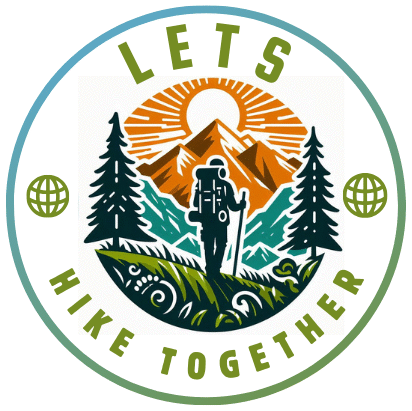Hiking can be a rewarding way to connect with nature, but a safe experience starts with the right preparation and caution. Whether you are heading out on a nearby trail or planning your first longer hike, a bit of preparation goes a long way. In this article, I share practical advice and key strategies that will help you stay safe and enjoy your adventure fully.
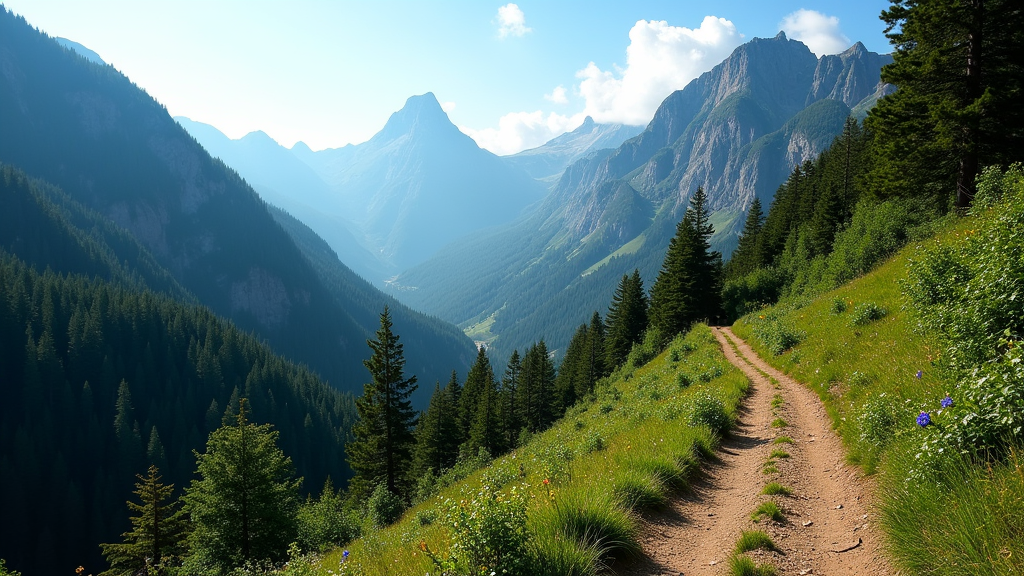
Table of Contents
Essential Gear for Staying Safe on Your First Hike
Preparing for the Hike: Planning and Physical Readiness
Pre-Hike Safety Considerations and Checklists
Advanced Safety Strategies for First-Time Hikers
Essential Gear and Equipment: What Beginners Should Focus On
Additional Tips for a Successful Hike
Frequently Asked Questions
Wrapping Up
Essential Gear for Staying Safe on Your First Hike
A successful hike depends not only on your spirit of adventure but also on being well-prepared with the right gear. I have learned firsthand that carrying the proper equipment can make a big difference, especially when you are setting out for the very first time. Packing smart items ensures that you are ready for unexpected changes in weather or terrain. Though a simple trail might seem inviting, nature can be unpredictable, so having safety gear is a wise decision.
Basic equipment can include items such as a sturdy pair of hiking boots, weather-appropriate clothing, a detailed map and compass or GPS, and a portable first aid kit. Other helpful essentials are snacks, plenty of water, and a whistle or signaling device in case you get separated from your group. Many experts emphasize that even a short hike should be approached with care, treating the adventure as an opportunity to build healthy habits and a respectful understanding of the wilderness.
📌 Don’t miss: Beginner’s Guide to Choosing the Right Hiking Gear
Preparing for the Hike: Planning and Physical Readiness
The first step before lacing up your hiking boots is proper planning. I recommend setting aside time to research your chosen trail. Often, local websites or park authorities provide all-in-one maps and up-to-date information about trail conditions, closures, and weather forecasts. This background effort lets you better gauge the demands of the route and pack accordingly.
In addition to planning the route, consider your physical preparedness. A hike may be challenging, so building your stamina ahead of time is a great idea. Even gentle walks in your neighborhood can gradually build the endurance needed for longer trails. In many cases, having a friend join you or informing someone about your plans adds an extra layer of safety and accountability. I have noticed that pre-hike stretching and warm-up exercises can ease stiffness and lower the risk of injuries during the hike itself.
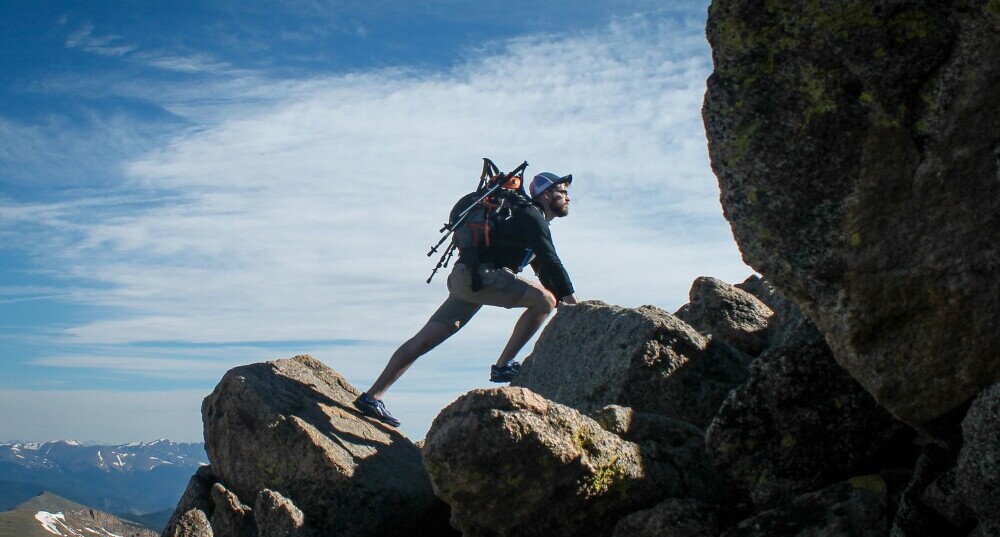
Photo by Brad Barmore Unsplash
Pre-Hike Safety Considerations and Checklists
Before you begin any trail, there are several things worth considering to ensure that your safety remains the top priority. Here, I share a set of practical tips to guide your planning stage:
- Route Familiarity: Make sure you review the hiking trail map carefully. Knowing where the ridgelines, streams, and potential shelters are can help you navigate if you stray from the main path.
- Weather Awareness: Weather conditions often change quickly. Checking updated forecasts before you go and carrying layered clothing lets you adapt to sudden shifts in temperature or precipitation.
- Communication Tools: Bringing along a fully charged mobile device, along with a portable power bank, is important even though cell service is not guaranteed in remote areas. Consider a personal locator beacon or satellite messenger if you are hiking in especially isolated regions.
- Emergency Kit: Aside from your standard first aid kit, packing extra water, high-energy snacks, a whistle, and a multi-tool can prove very useful when unexpected challenges arise.
- Trail Etiquette and Local Guidelines: Many hiking trails have specific rules intended to protect both visitors and the habitat. Learning and respecting these guidelines helps maintain a safe environment for everyone.
These preparations tackle potential hazards before they become problems and let you enjoy nature with a clearer mind.
Weather Conditions
Being aware of the weather is one of the simplest yet most effective ways to remain safe on a hike. It is important to monitor conditions before departure and to be ready to change your plans if necessary. Bringing a waterproof jacket or windbreaker and dressing in moisture-wicking layers protects you from sudden rains or chilly breezes. I always stress that weather forecasts are not infallible, so paying attention to the signs around you during the hike also matters.
📌 Go to: How To Check The Weather And Trail Conditions Before Hiking
Navigation Tools
Even if the trail seems marked, having a reliable method of navigation is essential. Maps and compasses provide basic but effective directional aid, while modern GPS devices offer more detailed insights into your surroundings. I usually carry a paper map as a backup even when I have a phone app running, so that I am never completely off-course.
📌 Go to: Top-rated Hiking Apps For Navigation – Explore with Confidence
Emergency Preparedness
Every responsible hiker needs a plan for emergencies. This means carrying a first aid kit that addresses common issues such as blisters, minor cuts, or sprains. It’s also a good idea to incorporate personal safety items like a whistle or flashlight. I have found that practicing a few basic first aid skills can boost your confidence and readiness when faced with injuries or unexpected obstacles.
Footwear and Clothing
Proper footwear is perhaps one of the most important elements of a safe hike. Hiking boots or shoes designed for rugged terrain offer better grip and support for your ankles. Wear clothing that suits the weather and allows you freedom of movement. When I ventured on my first hike, wearing the right socks and boots helped me avoid painful blisters and ensured a comfortable experience throughout the adventure.
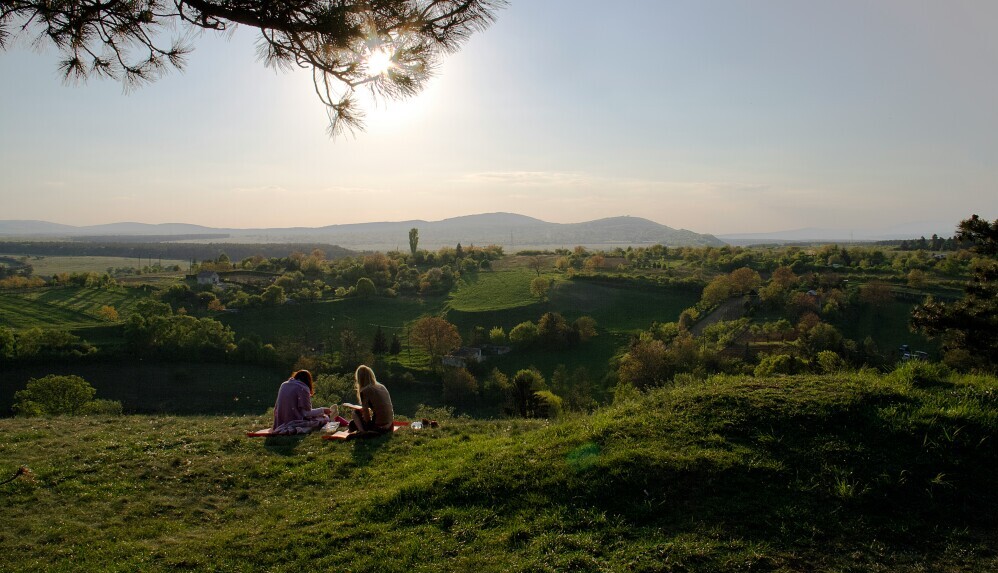
Photo by Mihaly Coles , Unsplash
Advanced Safety Strategies for First-Time Hikers
Once you feel comfortable with the basics, a few more advanced strategies can help you take up a notch your safety and overall hiking experience to the next level. These insights are gathered from years on the trails and help you build on your existing skills. For instance, it is very important to know your limits. Pacing yourself and listening to your body’s cues prevent exhaustion and keep you alert throughout your adventure. Regular breaks allow you to rest and rehydrate, ensuring you remain in good condition.
Another key tactic is to use a buddy system. Hiking with a partner or group adds an extra level of safety. If one person faces difficulties, having a companion to assist can make a big difference. I have always found that sharing experiences with a friend not only boosts safety but also enriches the overall enjoyment of the day out.
Additionally, practicing situational awareness is essential. Whether you are traversing a narrow trail or navigating through dense woods, staying alert helps you spot potential hazards early. Observing changes in terrain or noticing unexpected obstacles allows you to react quickly, often preventing small issues from becoming serious problems. Finally, adopting a leave-no-trace ethic not only protects the environment but also minimizes the risk of inadvertently creating dangers such as triggering rock slides or disturbing wildlife.
Essential Gear and Equipment: What Beginners Should Focus On
There are certain tools that I believe every first-time hiker should have in their backpack. While some items may seem basic, they are fundamental to ensuring you stay safe while you enjoy the outdoor experience. It really pays to be methodical when assembling your gear list.
For example, water management is key. Carrying a hydration system that holds enough water for the day prevents dehydration under the sun or during unexpected delays in reaching water sources. I have often recommended using collapsible water bottles or hydration packs that fit comfortably in your backpack.
Next, navigational aids go hand in hand with safety equipment. Aside from maps and compasses, accessories like a headlamp or flashlight are indispensable if you find yourself off the trail as daylight wanes. In mountain areas, early sunsets can come as a surprise, so planning ahead saves you from being caught unprepared.
- Footwear: Invest in hiking boots or shoes that provide strong support and a firm grip on rocky paths. Good footwear prevents slips and helps protect your feet from rough terrain.
- Layered Clothing: Dress in layers that you can add or remove depending on the temperature. Breathable fabrics and moisture-wicking materials keep you comfortable throughout your trek.
- First Aid Supplies: A well-stocked kit is indispensable when it comes to managing minor injuries like cuts, blisters, or sprained ankles. It also includes basic medications that might help in unexpected situations.
- Navigation and Communication: Besides your smartphone, a dedicated GPS device or compass is useful. Backup power sources like portable chargers help keep your gadgets running in remote areas.
- Energy Boosters: Don’t forget nutritional snacks that provide quick energy. Items like trail mix, energy bars, or dried fruits are lightweight and efficient for keeping your energy up during the hike.
Focusing on these basics helps build a robust foundation for safe hiking. The aim is to have everything you need in one accessible place while avoiding unnecessary bulk in your pack.
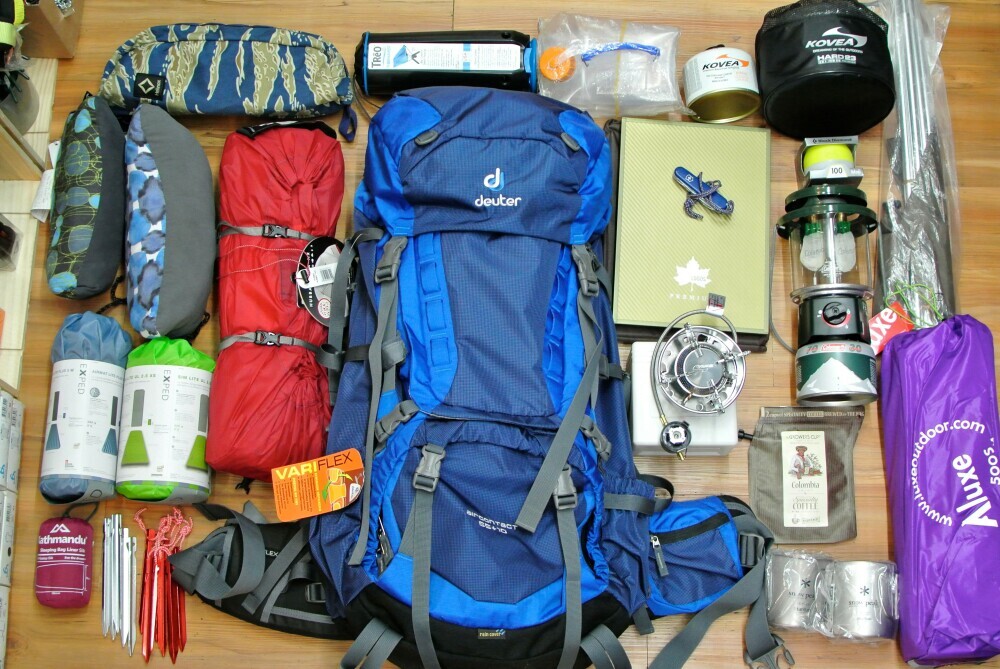
Photo by Karson Chan Unsplash
Additional Tips for a Successful Hike
Beyond the essential gear and pre-hike planning, there are many subtle yet very important tactics that can further improve your overall outdoor experience. Spending time to check out local hiking reports and reading up on personal accounts can give you a sense of what to expect on the trail. It is also wise to set aside time for mental preparation. Recognize that nature is dynamic, and even a well-planned hike may require you to switch up your approach on the fly.
Pay attention to your body and the environment: if you feel fatigued, slow down and take in the scenery, or if a path appears overly rugged, consider an alternate route. Communication with fellow hikers along the path can be very important; sharing tips and recent observations about weather changes or wildlife sightings can prove helpful. Even if the trail seems straightforward, a small delay or an unanticipated obstacle can provide an excellent opportunity to pause, reflect, and appreciate the natural beauty around you.
Moreover, take advantage of local resources such as visitor centers or park rangers who can offer updated insights and advice. In many regions, seasonal changes dramatically affect trail conditions, so being proactive in gathering real-time information is key. Consider keeping a small notebook or using a mobile app to track your hike—recording temperature, trail conditions, or even personal reflections can be both useful and fulfilling. This extra layer of preparation not only makes your day out safer but also enriches your connection with the land.
Lastly, don’t underestimate the benefits of simple mindfulness while hiking. Whether it’s the sound of rustling leaves or the sight of a clear mountain stream, taking moments to appreciate these details can transform an ordinary hike into a memorable experience. These extra insights and thoughtful pauses help ensure that you not only complete your hike safely but also forge a lasting connection with the outdoors.
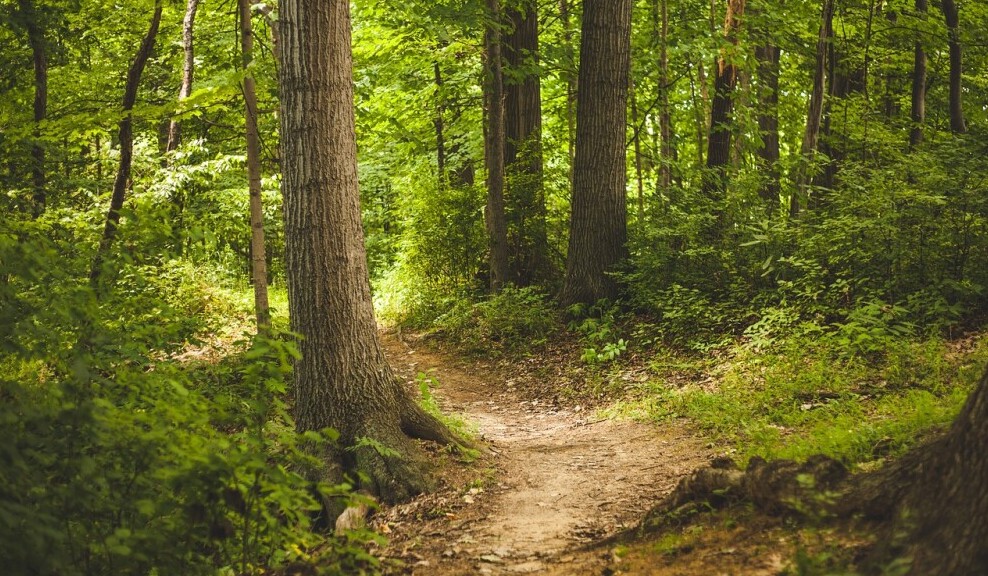
Photo by Pexels
Frequently Asked Questions
Below are some of the common questions I often receive from first-time hikers. These questions help clarify very important points regarding safety and preparation:
Question: How do I choose the best trail for my first hike?
Answer: Start with trails that are well-marked and not too physically demanding. Look for routes that have clear signage and plenty of resources, such as visitor centers or rest stops nearby. Local hiking groups or park services often provide good recommendations.
Question: What should I do if I get lost?
Answer: Stay calm and retrace your steps if possible. If you can’t find your way, use your whistle or personal locator device to alert others. It’s also helpful to carry a map and remember the last familiar landmark to guide your return.
Question: How important is physical fitness for hiking?
Answer: While you don’t need to be an athlete, some basic level of fitness is really important, especially for longer or more demanding trails. Regular physical activity before your hike can boost your stamina and reduce the risk of injuries.
Question: What role does weather play in planning a hike?
Answer: Weather is one of the most influential factors when planning a hike. Checking forecasts, dressing in layers, and being prepared to turn back if conditions worsen can help you avoid dangerous situations on the trail.
Wrapping Up
The excitement of a first hiking adventure is something I believe many people treasure. But the key to a truly enjoyable experience is marrying that excitement with careful, detailed planning. From selecting appropriate gear and reviewing trail maps to understanding weather patterns and carrying backup supplies, every step you take before the hike can significantly influence your safety on the trail.
Embracing these practices not only safeguards your well-being but also adds to the overall enjoyment of being immersed in nature. With the right planning, even the unexpected can be managed and dangers minimized. I encourage you to start small, prepare well, and gradually build your confidence and skills in hiking safely.
Every hiker’s adventure is unique, and each step taken on the trail contributes to a richer experience. May your future hikes be filled with the thrill of stumbling upon new sights, the satisfaction of overcoming challenges, and above all, a constant focus on keeping yourself safe as you explore the natural world.
